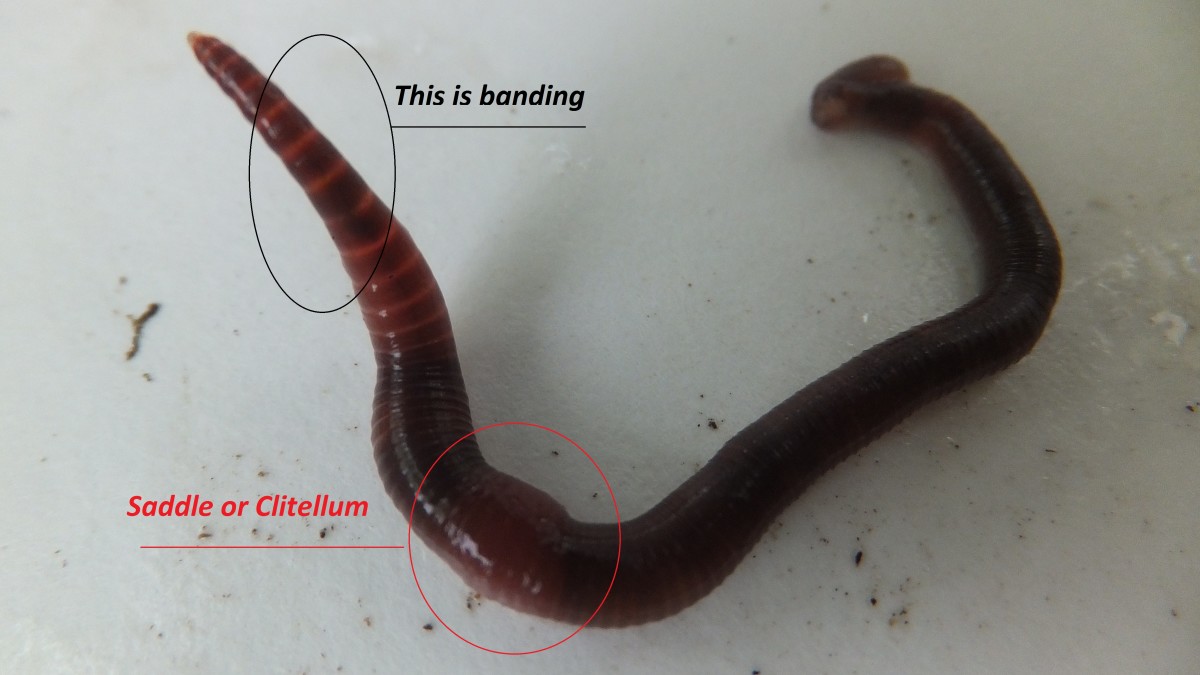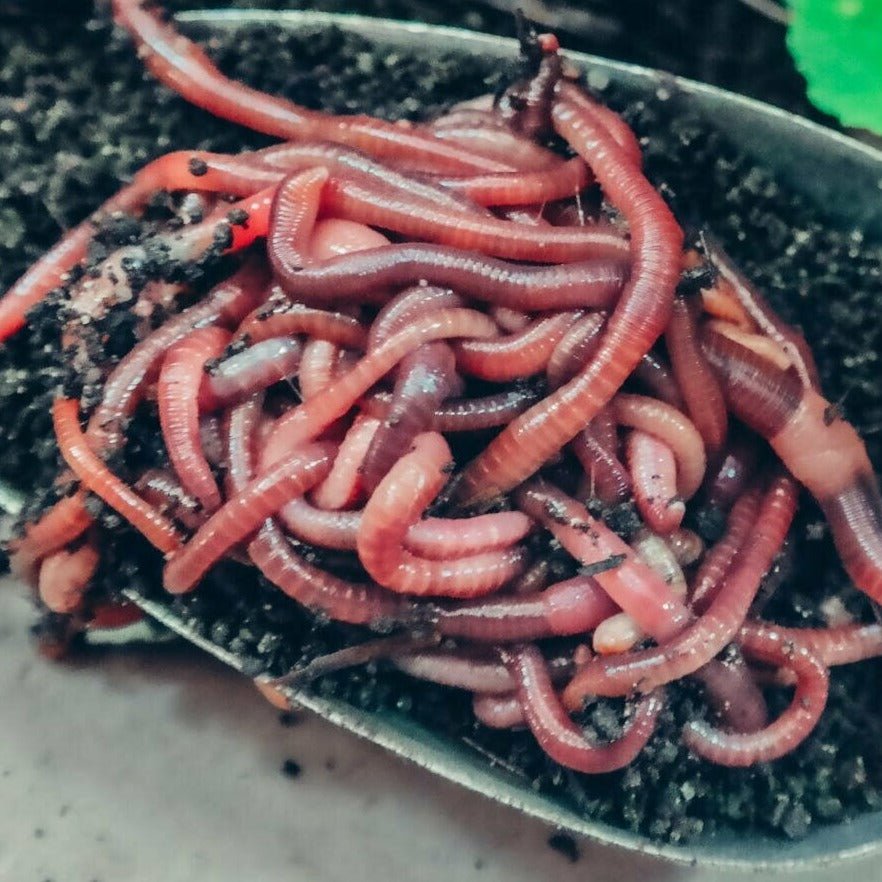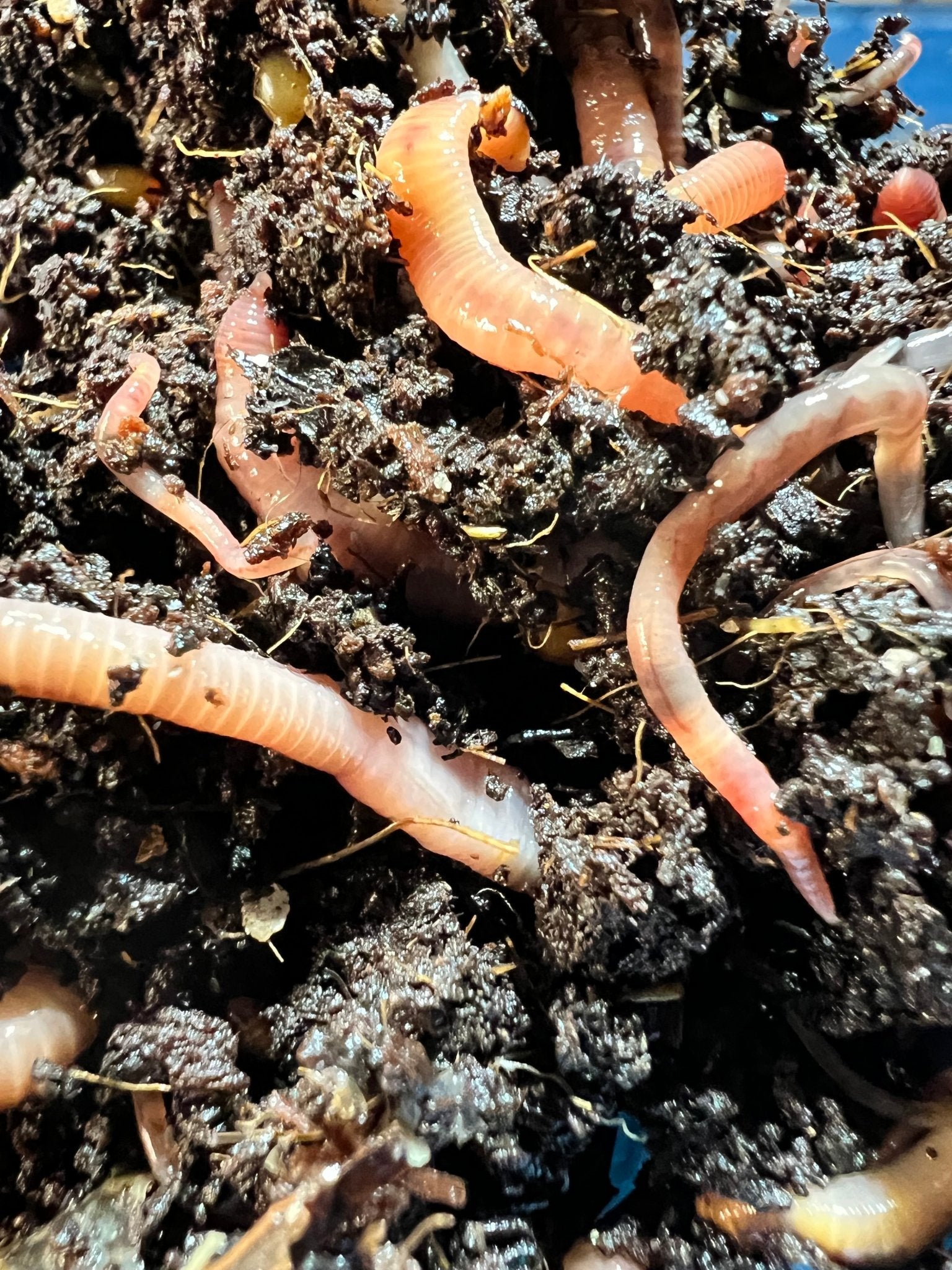Red Wiggler Worms up for sale - Lasting Waste Administration Remedy
Red Wiggler Worms up for sale - Lasting Waste Administration Remedy
Blog Article
Red Wiggler Worms Demystified: Opening the Keys of Vermiculture for Greener Living and Nutrient-Rich Soil
In the realm of sustainable methods for improving soil quality and promoting eco-conscious living, red wiggler worms play a pivotal yet often ignored role. These humble animals possess the amazing capability to change natural waste right into nutrient-rich castings that function as a powerful natural fertilizer. By delving into the globe of vermiculture, one can uncover a wide variety of benefits that extend much past conventional composting methods. Understanding the complexities of looking after these worms, optimizing their environment, and utilizing their castings can lead to a greener way of living and healthier soil for plants to prosper.
The Duty of Red Wiggler Worms
Red Wiggler worms play a vital role in composting systems by efficiently damaging down raw material right into nutrient-rich castings. These starved eaters consume a range of natural products, such as cooking area scraps, yard waste, and paper items. As they feed, the worms' digestion processes break down the raw material right into a penalty, dark, and nutrient-dense product referred to as worm castings or vermicompost.
The spreadings produced by Red Wiggler worms are very advantageous for dirt health and plant growth. They are rich in necessary nutrients like nitrogen, phosphorus, and potassium, which are essential for supporting healthy and balanced plant growth. Furthermore, worm spreadings contain beneficial microbes and enzymes that aid enhance dirt structure, boost water retention, and enhance nutrient uptake by plants.
Benefits of Vermicomposting

It improves soil structure, enhances dirt oygenation, and boosts dirt moisture retention. Vermicompost additionally enhances the dirt with vital nutrients like phosphorus, nitrogen, and potassium, advertising plant development and total soil fertility.
In addition, vermicomposting supports lasting horticulture practices by offering a natural and chemical-free choice to synthetic fertilizers. Red Wiggler Worms. This eco-friendly technique not only enhances the dirt but additionally helps in reducing dependence on hazardous chemicals, advertising a greener and extra lasting way of horticulture
Establishing a Worm Bin
When establishing a worm bin for vermicomposting, correct configuration is crucial to make certain the success of the composting process. The initial step in establishing up a worm container is choosing a suitable container. This can be a plastic container or wood box that gives enough space for the worms to move around and has proper drainage openings to stop waterlogging. Next, site here a bed linen product such as shredded paper, cardboard, or coconut coir need to be included in the container. This bed linen provides a comfortable atmosphere for the worms and aids keep wetness levels.
After adding the bed linen, introduce the red wiggler worms to the bin. It is suggested to begin with a handful of worms and gradually enhance as they increase. The worms should after that be given with food scraps such as fruit and vegetable peels, coffee premises, and eggshells. It is necessary to prevent including meat, dairy, oily, or salty foods to stop bring in parasites and developing undesirable smells.
Frequently keep an eye on the moisture levels and temperature level in the worm bin to ensure optimal conditions for the worms. With correct setup and maintenance, the worm bin will successfully convert organic waste right into nutrient-rich garden compost for your plants and yard.
Harvesting Worm Spreadings
To efficiently collect nutrient-rich worm castings from your vermicomposting system, a systematic harvesting technique is necessary. When it comes time to gather the worm spreadings, there are a couple of key actions to comply with to ensure a successful procedure. Stop adding fresh food scraps to one side of the worm bin for a couple of weeks prior to gathering. This motivates the worms to move sideways with fresh bedding and food, making it simpler to dig the castings from the opposite side.

Troubleshooting Common Issues
Recognizing and resolving typical difficulties that might arise throughout the vermicomposting procedure is crucial for preserving a healthy and balanced and efficient worm bin. One common issue that vermicomposters encounter is overfeeding. Adding excess food scraps can cause a buildup of moisture and acidity in the worm container, possibly damaging the worms. To stop this, feed the worms in moderation, guaranteeing that the food scraps are appropriately damaged down prior to adding a lot more. Another issue is unpleasant smells originating from the worm bin. Foul smells indicate anaerobic problems, typically triggered by overwatering or poor ventilation. To fix this, change the moisture degrees by adding dry bedding materials like shredded newspaper or cardboard and boost aeration by transforming the bed linens consistently.
Additionally, if the worm population is decreasing or the worms show up harmful, it might be as a result of ecological stressors such as severe temperatures or pH levels. Keeping track of these aspects and making needed modifications is vital for the wellness of the worms. By troubleshooting these common concerns quickly, vermicomposters can ensure a successful and smooth vermicomposting procedure while keeping a prospering worm populace.

Final Thought
In final thought, red wiggler worms play a critical function in vermiculture by breaking down organic matter right into nutrient-rich soil. Setting up a worm container is crucial for effective vermiculture, and collecting worm castings supplies beneficial compost for horticulture.
As they feed, the worms' digestive procedures break down the natural matter right into a fine, dark, and nutrient-dense product go right here recognized as worm castings or vermicompost.
The spreadings generated by Red Wiggler worms are extremely useful for soil health and wellness and plant development. Adding excess food scraps can lead to a buildup of dampness and acidity in the worm container, potentially damaging the worms.In addition, if the worm population is declining or the worms appear unhealthy, it might be due to ecological stressors such as extreme temperatures or pH levels. Establishing up a worm container is necessary for effective vermiculture, and gathering worm spreadings supplies beneficial garden compost for horticulture.
Report this page